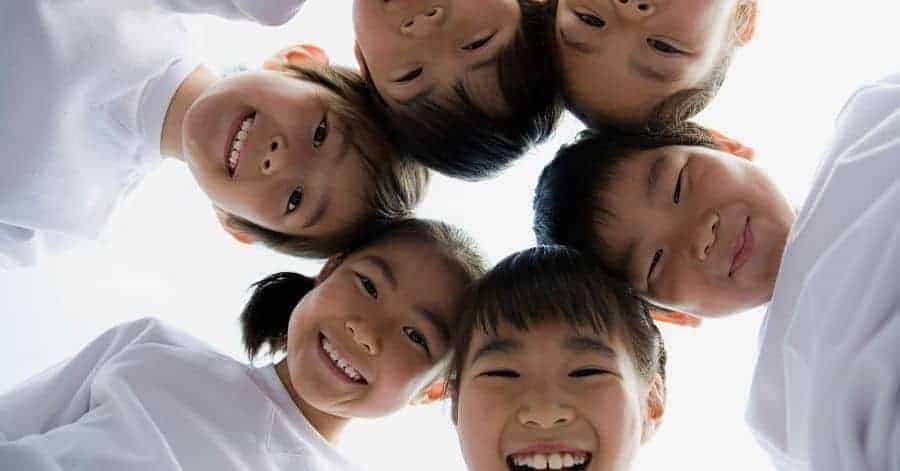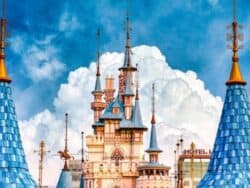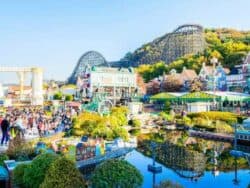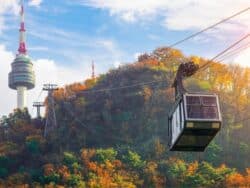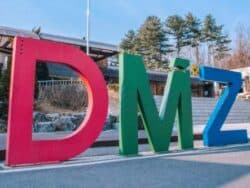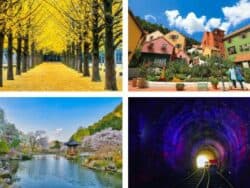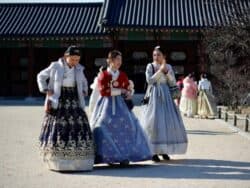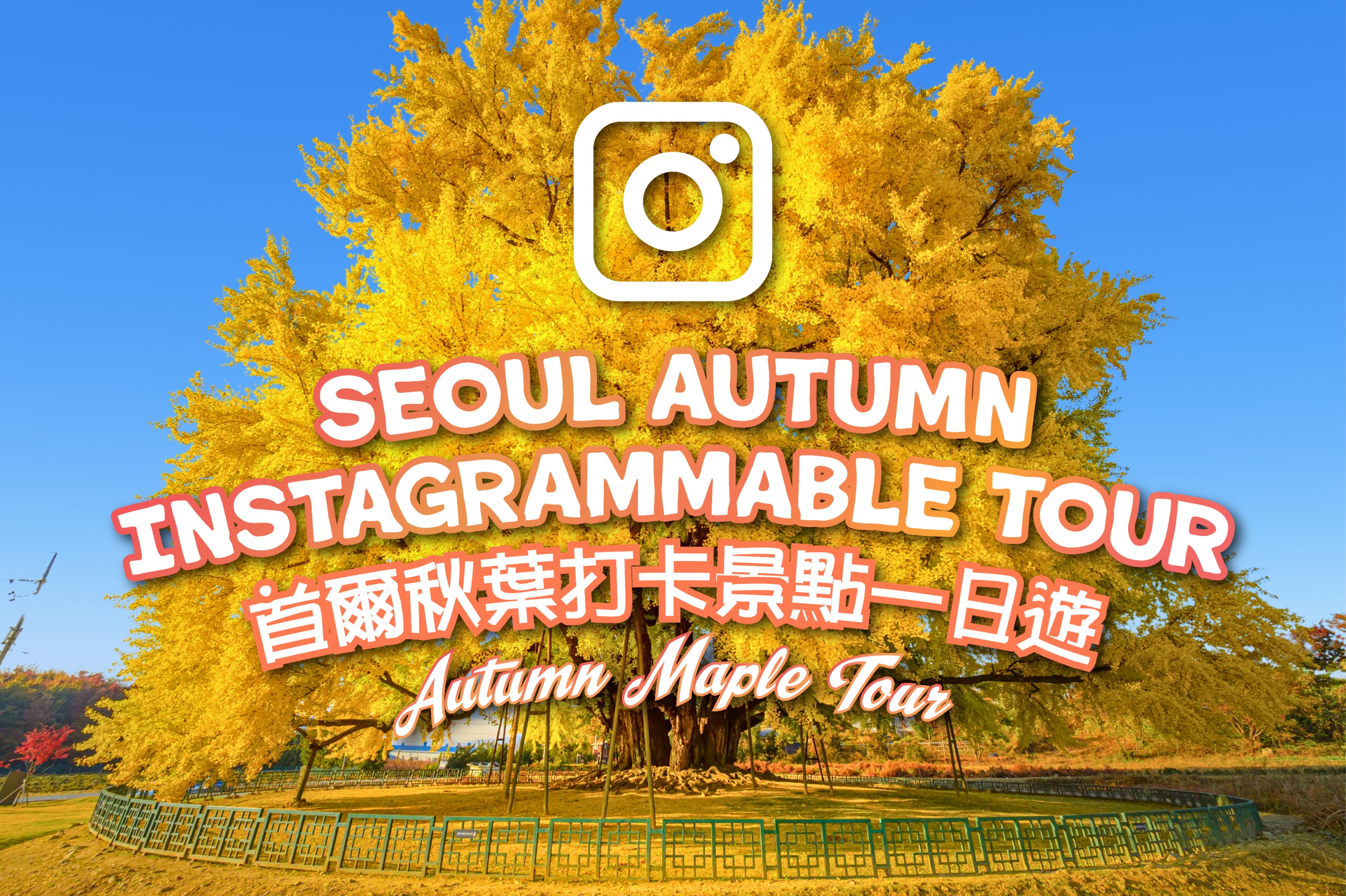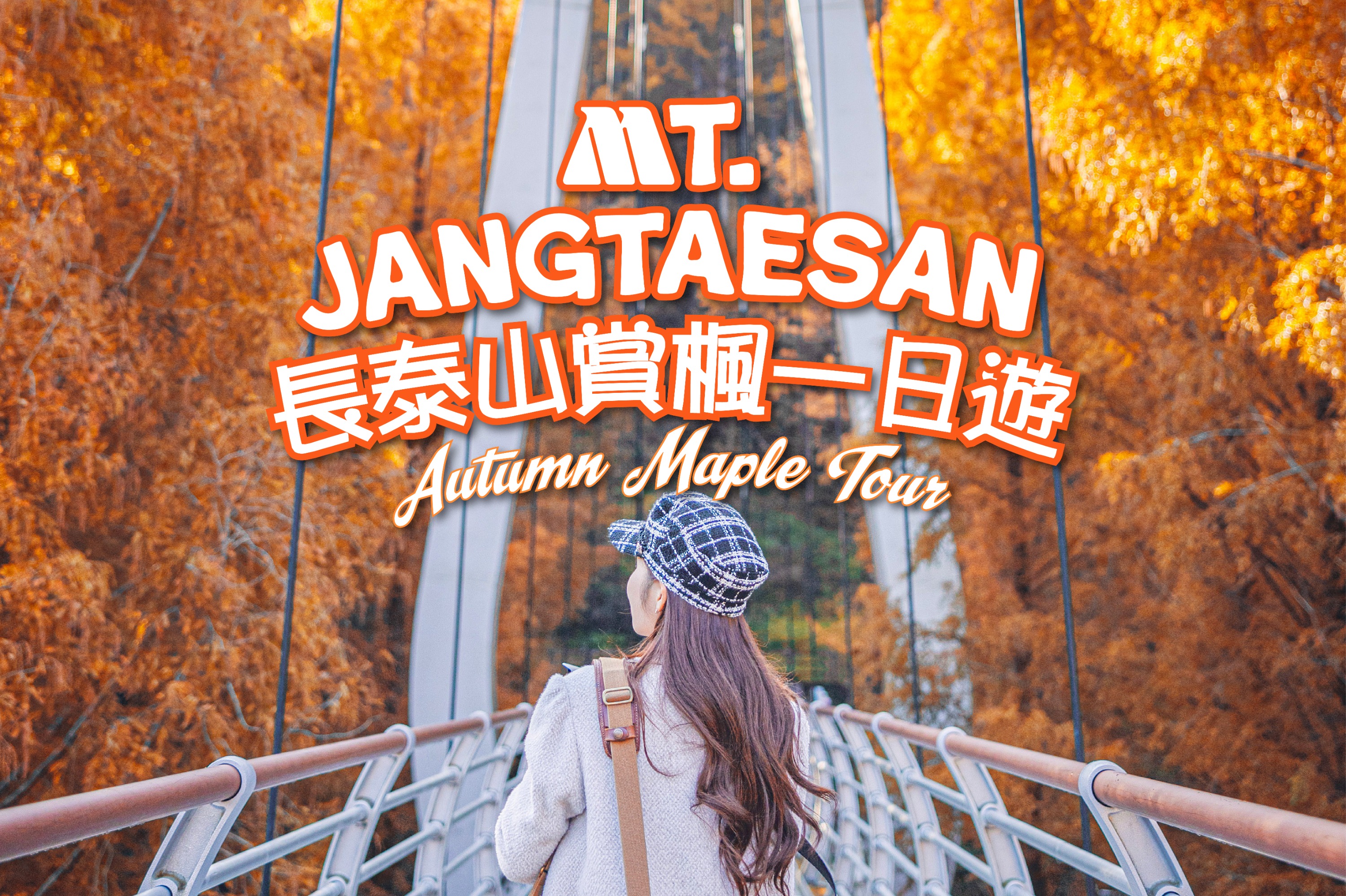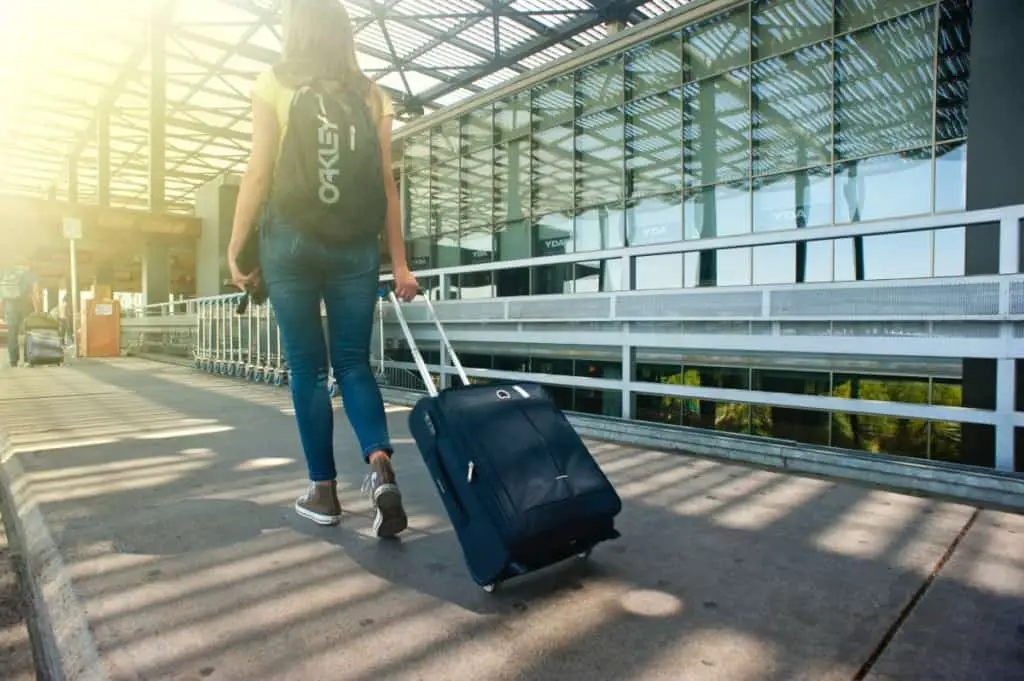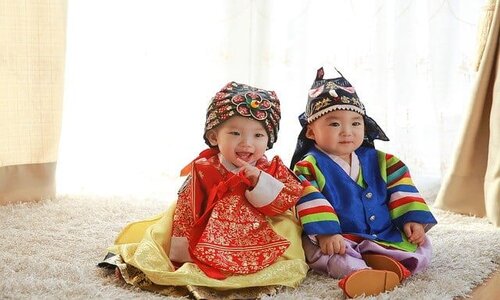
If you’ve been in Korea for a while, you might have heard people referring to “red days” and wondered what they meant. In Korea, many printed calendars would have national and public holidays in red. Because of this, Koreans use the common term “red days” to mean “holidays.” On these red days, people in the workforce have a day off from work and children have a day off from school. In Korea, May is the month with the most red days. One such holiday is Children’s Day (eorini-nal), a day that celebrates children Specifically, the purpose of Children’s Day in Korea is to instill independence and national pride in children and to ensure that as much care and devotion is given to their development.
While many countries around the world have their own day dedicated to their youth and children with rich histories, the history of Korea’s own eorini-nal is riddled with bravery and the want for progressive movement and change.
Children’s Day in South Korea
Bang Jeong-Hwan: An Essential Name For Children’s Day
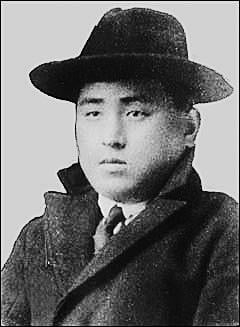
Bang Jeong-Hwan stands out as the most important name to the topic. Known as the father of Korean children’s literature, Bang was responsible for single-handedly establishing Children’s Day in 1923. He also coined the modern Korean word for “children,” eorini (어린이).
Before Bang arrived on the scene, there had been a strong perception that children in South Korea were not objects to protect, but rather, fully developed and capable young workers. Bothered by this, Bang started the children’s literary magazine Eorini, which remained in print from 1923 to 1934. As a writer, he helped establish children’s stories, songs, and plays for children as a distinct genre. The original stories, adaptations, and translations that he contributed to the magazine reveal his opinions on the ways in which economic difficulties of life can affect children and corrupt their innocence. In order to combat this, Bang populated his works with the theme of good triumphing over evil. Throughout his life, Bang continually sought ways to improve children’s life.
Bang organized festivals and public readings as part of the larger cultural movement for children. He was instrumental in instituting Children’s Day in Korea, first observed on May 1, 1922. He also started a number of organizations for children, including Cheondogyo Children’s Association (Cheondogyo sonyeonhoe) and The Rainbow Society (Saekdonghoe). Along with Kim Gijeon and Lee Jeongho, Bang Jeonghwan is considered an early champion of children’s rights in Korea.
Fun Facts
Children’s Day used to be called “Boys’ Day” until the name was changed in1975.
During the Japanese occupation of Korea, the authorities in the capital tried to suppress the celebration of Children’s Day. The Japanese officials were afraid of social activists who might encourage and incite revolutionary ideals as they gathered.
After Korea gained independence, the holiday was brought back and celebrated once again.
In 1961, the Korean government passed the children’s welfare law, officially designating May 5 as Children’s Day.
Koreans used to celebrate Children’s Day on May 1st, but it overlapped with Labor Day, the date was changed.
Children’s Day was declared a national holiday in 1970.
How South Koreans Celebrate Children’s Day Today
South Korean citizens celebrate Children’s Day every year on May 5. On this day, parents have the whole day off work, and children have the whole day off school. Many families take this opportunity to go on outings and do activities together as a family unit. Because of the Korean work culture, parents might not have a lot of time during the regular week. Because of this, Children’s Day serves as a reprieve from their regular lives.
Museums
Buk Seoul Museum of Art
Buk-Seoul offers performances, puppet shows, and various hands-on activities for children and their parents to enjoy together.
Seoul Baekje Museum
A history-focused museum, Seoul Baekje Museum has several exhibitions and collections about the prehistoric and contemporary histories of Korea. On Children’s Day, it will be open and will host a film screening. It will also offer painting and other hands-on activities for families.
Dongdaemun Design Plaza (DDP)
Dongdaemun Design Plaza or DDP will host a fun music party for children, have hands-on activities, and display exhibitions.
Figure Museum W
If you and/or your children are fans of superheroes, anime, Pokemon, or Digimon, check out Figure Museum W! As soon as enter the museum, a mountain of figurines of beloved characters will greet you! Children will have hours of fun at Figure Museum W!
Amusement Parks
Everland
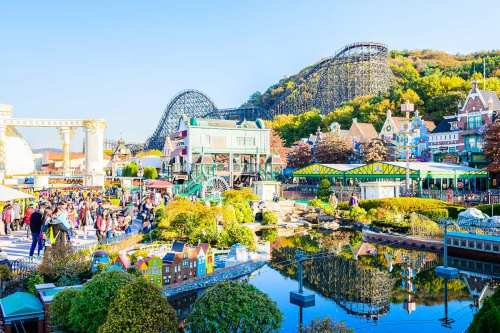
The largest amusement in South Korea, Everland is the most visited amusement park in the world. Located an hour south of Seoul, Everland has rides and attractions that span across 5 themed areas: Global Fair, Zootopia, European Adventures, American Adventures, and Magic Land.
One of the most famous attractions is Jigu Maeul (Global Village.) It is a boat ride similar to the It’s A Small World ride in the Disney parks. Like its Disney counterpart, you can see beautifully crafted dolls and figurines, all dressed in clothes from several cultures and countries around the world. This is truly an enlightening and fun way to spend the day with your children!
Lotte World
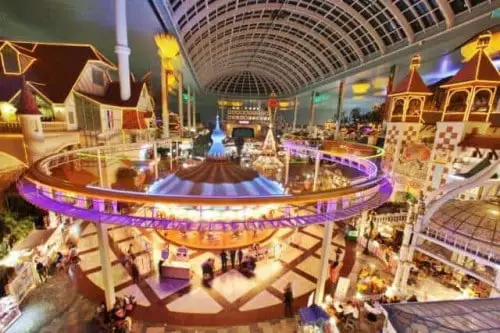
Located right in the middle of Seoul (Jamsil, to be more precise) is the world’s largest indoor theme park. With both an indoor and outdoor park, Lotte World proves to become a favorite spot for children and adults alike, as it has many rides, attractions, eateries, and even arcades! Rather than themes like the other amusement parks on this list, Lotte World’s categorization system is by floors, which each floors revealing more of Lotte World’s and Adventure! Lotte World also has its own luxurious hotel for non-local guests.
Seoul Grand Park
An amusement park complex located in Gwacheon, Gyeonggi-do, Seoul Grand Park consists of many different facilities, including several hills and hiking trails, Seoul Grand Park Zoo, Children’s Zoo, a rose garden, the Seoul Land amusement park, and the Seoul Museum of Modern Art (SEMA). Seoul Grand Park is a bit different from the other amusement parks in Seoul in the way that it focuses more and dedicates itself to the beauty of nature, the conservation of nature, and the animals, plants, and flowers that we live among.
This zoological garden has lions, rhinoceros, Siberian tigers, llamas and even macaws and parrots.
Seoul Land
Located an hour from downtown Seoul—in Gwacheon, Gyeonggi-do—Seoul Land is a part of the much larger amusement park complex, Seoul Grand Park. Seoul Land has 40 rides and attractions, including several roller coasters, arcades, eateries, and movie theatres. These rides and attractions span all over the whole park, which divides into 5 themed areas: World Plaza, Fantasy Land, Tomorrow Land, Adventure Land, and Samchulli (“Thousand-Mile”) Hill.
Travel Tip: If you don’t have enough time and you are looking for a theme park inside Seoul, check out the Children’s Grand Park in Seoul.
Picnics
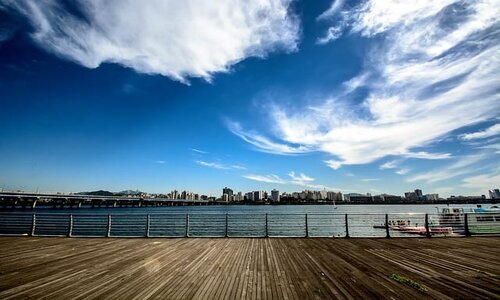
There are many spots in Seoul that are perfect for outdoor picnics, and on Children’s Day, many families will gather together and have a full meal, enjoying the weather and the surroundings. Popular places to go are the Han River, Seoul Forest, national parks, and central parks.
Leftover by times past, family is an important aspect of the Korean culture, and although the urbanization and industrialization of Seoul have driven more wedges into the familial unit, Koreans will always take the time to spend time with their loved ones. If you observe Koreans on Children’s Day, you’ll see just how strong familial ties can be, and how close to heart Koreans hold their parents and children.
Travel Tip: What can we do if it rains on Children’s Day? Here’s the answer. Read the things to do in Seoul on a rainy day post.
For more information on Children’s Day and other national holidays in South Korea, click here.
You may also like:
- How to travel during the Holidays in Korea, Seollal or Chuseok
- Official Public Korean Holidays in 2021!
- 7 Best Day Trips From Seoul
- The 25 Most Instagrammable Spots in Seoul
- 15 Gluten-Free Restaurants in Seoul
- 15 Vegetarian Restaurants in Seoul
IVK’s Top Picks – Day Tours, Tickets, and Travel Activities
Seasonal Picks!😍


